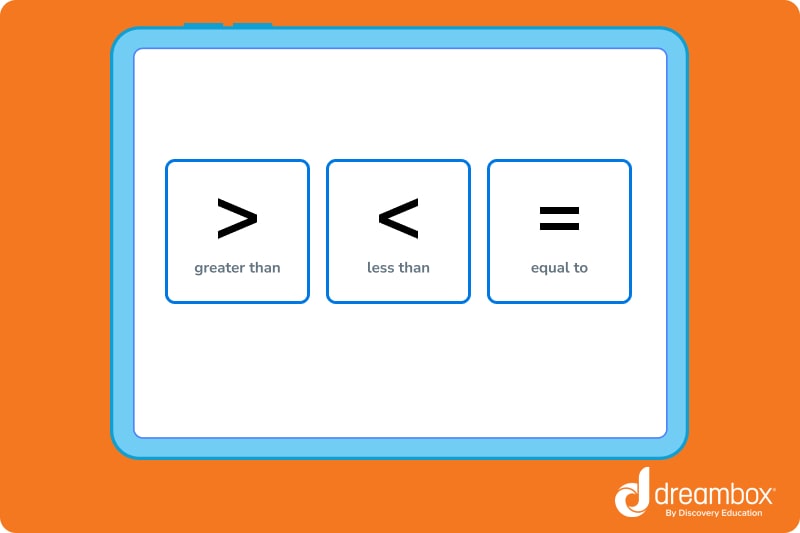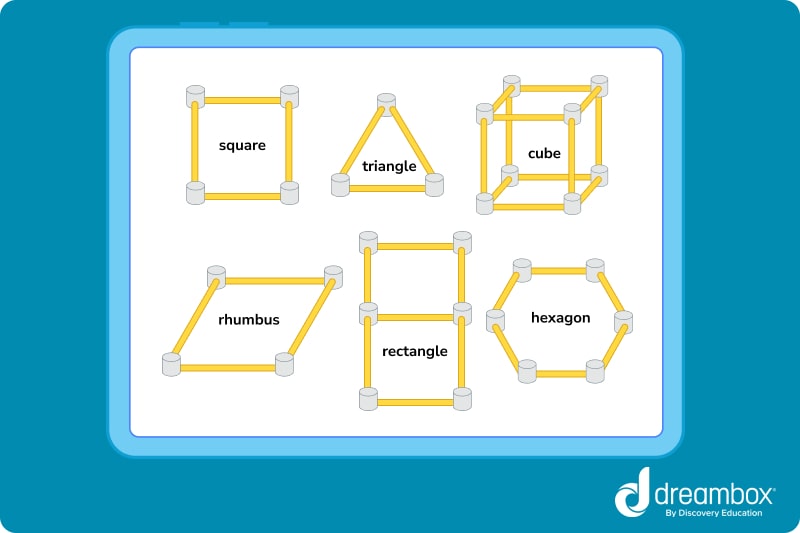5 First Grade Math Activities
First graders are bursting with curiosity and creativity, so harness that enthusiasm with these 1st grade hands-on math activities!

Author
Katie Wickliff
Published:
April 2025
Key takeaways
- • Young children need to find math fun and engaging to set them up for success in the future.
- • Many hands on activities can help 1st graders learn addition, subtraction, shapes, and more!
- • Fun math activities for 1st grade don’t need to be expensive or time-consuming.
First grade is an exciting time of new learning and tremendous growth! After “graduating” from kindergarten, 1st graders are eager to take on new challenges. They’re curious and excited about learning, so this is the perfect time for teachers, parents, and homeschoolers to foster a love of math. Making math fun in 1st grade sets a great foundation for future math success because when students feel positive about what they’re doing, they’ll build the confidence to take risks and tackle complex concepts.
The following fun math activities for 1st grade are low-prep, hands on, and super engaging for students. When my own children were in 1st grade, they enjoyed all of these activities both in their classroom and at home. Plus, many of these activities can also be easily adapted to suit different learning styles and abilities. Let’s get started!
Greater than, less than, equal to?
This simple dice game is easy to prepare and perfect for transitions or when you have a bit of leftover time after the math lesson.
You’ll need:
Dice (two per pair of students)
Paper, pencil, markers, or crayons
Working in pairs, students each roll one die and draw the number of dots on their paper. They then compare their dots with their partner’s and circle the larger number. Students learning greater than, less than, or equal to symbols can practice drawing those as well, so you may want a visual aid reminder. Students should play as many rounds of this game as time allows. Make it extra fun by providing small whiteboards and colorful dry erase markers!

Marshmallow shape building
In 1st grade geometry, students learn how to identify 2 and 3d shapes correctly. This fun (and tasty!) activity will help make the abstract concept of shapes easier to understand. Physically manipulating the marshmallows and toothpicks helps develop spatial awareness.
You’ll need:
Toothpicks
Mini marshmallows
Shape visual aid
Talk as a whole class about the shapes they’ve learned while drawing the shapes on the board or large piece of paper. Then give students a printout (example shown below) to use as a visual guide for their building.
First graders will then form shapes using marshmallows and toothpicks. When completed, talk about the number of sides and vertices on each shape. After students can build 2D shapes, work on creating 3D shapes, such as cones, cubes, or pyramids.
I recommend including a few extra marshmallows for a special sweet treat–they’ll definitely ask if they can eat a few!

Table of contents
Get more practice with first grade math with DreamBox!
Online math activities
If your 1st graders are begging for screen time, turn it into a learning opportunity by utilizing online math programs, practice problems, or math apps. Be sure to check out DreamBox’s award-winning online math program. Whether you’re looking for homeschool math practice or just a fun way to develop skills at home, Dreambox’s personalized program is filled with practice opportunities and interactive activities that support your child’s unique math journey.
Shortest to longest
1st graders concentrate on different types of measurement, and this 1st grade hands on math activity is perfect for the beginning of the school year.
You’ll need:
Posterboard or large paper
Small strips of paper
PencilsThis is a great activity for the beginning of the school year. Have each student write their first name on a strip of paper. If needed, provide strips with boxes to guide letter placement. Working as a group, arrange and glue the strips of paper on a large poster board ordering them from shortest name to longest name. For example, the chart might begin with “Amy” (3 letters) and end with Christopher (10 letters). If students are ready, extend the activity by identifying the most common name length among the students. For homeschool parents with a small group, use the names of friends or family members to create your list!
“Beary” fun addition/subtraction grab bags
Many young children benefit from using math manipulatives (physical objects) to help practice addition and subtraction skills.
You’ll need:
2 small paper bags
At least 20 small objects
Paper and pencil or whiteboard and markers
For this game, place two small paper bags on a table. Choose items to use as manipulatives— small candies, LEGO bricks, or math cubes work well. My kids especially loved these colorful bears, so that’s what we used. To play, kids grab a handful of objects from each bag, count them, then add up the results. Encourage 1st graders to work slowly and carefully, writing down the number of items they take from the first bag before grabbing items from the second bag. Provide paper and pencil or a whiteboard and markers for them to practice writing equations and finding the sum. This one can be easily adapted to suit different ability levels. For example, if your first grader is working on adding or subtracting numbers within ten, make sure there are no more than ten small objects in each bag. As their skills progress, add more!
FAQs
First graders learn math concepts like addition and subtraction, geometry, place value, measurement, and fractions. First grade math activities should cover these topics.
Basic math skills for 1st graders include being able to add and subtract within 20, measuring the length of an object, telling time on both analog and digital clocks, and identifying 2D and 3D shapes.
The topics in grade 1 math can differ slightly depending on your school or state, but generally include addition and subtraction, geometry, place value, measurement, and fractions.
Many different math curriculums exists for 1st grade students in the US. The math curriculum for your 1st grade student differs depending on your state and school. No matter what math curriculum your school follows, 1st graders should learn a variety of skills, including addition and subtraction, geometry, measurement, telling time, collecting and recording data, and place value.
Take at home math practice to the next level
Empowering parents and educators to make math practice more impactful. Plus, your kids will love it.


About the Author
Katie Wickliff
Katie holds a master’s degree in Education, has over 15 years of education experience as a primary classroom teacher, and is Orton-Gillingham certified tutor. Most importantly, Katie is the mother of two primary school students, ages 8 and 11. She is passionate about maths education and firmly believes that the right tools and support will help every student reach their full potential.